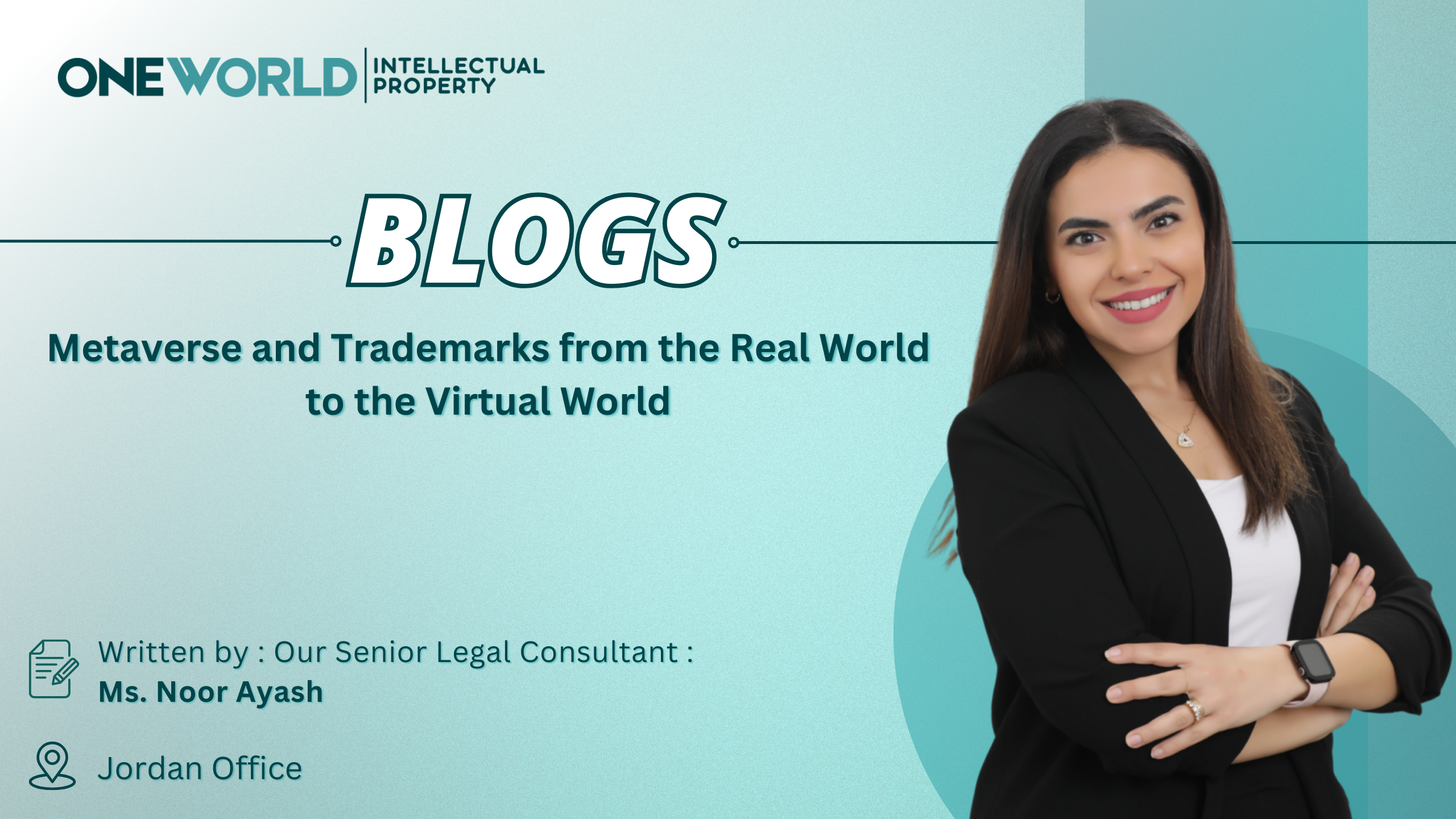
The Black Box Vault: Guarding Your AI’s Priceless Weights as Trade Secrets
AI models aren’t just lines of code—they’re powered by vast matrices of numerical parameters, or “weights,” that encode learned intelligence. These weights can be worth millions (or more) in competitive advantage, making them prime candidates for trade‑secret protection. For engineers and legal professionals at the intersection of AI and IP, understanding how to treat model weights as confidential assets is critical.
Why Model Weights Are Worth Their Weight in Gold
- Concentrated Value: Training a large model can cost millions in computing power and data. The resulting weight files embody that investment, and simply possessing them gives you a functional AI.
- Competitive Edge: Competitors can reverse‑engineer your weights to replicate your model’s performance. Guarding them keeps your innovations under lock and key.
- Beyond Code: While open‑source frameworks abound, the real value lies in the subtle patterns baked into the weights—patterns you’ve painstakingly trained on proprietary data.
Trade Secrets 101 for AI Weights
- Definition: A trade secret is any confidential business information that derives economic value from not being generally known and where the owner takes reasonable measures to keep it secret.
- Applicability to Weights: Your weight files, training pipelines, and even hyperparameter configurations can all qualify—so long as you treat them as confidential.
- Legal Protections: If someone misappropriates or leaks your weights, trade‑secret law lets you pursue injunctions, damages, and other remedies.
The Reverse‑Engineering Challenge
- Extraction Risks: Once a model is deployed (e.g., via API or embedded in an app), adversaries can use techniques like model inversion or parameter extraction to rebuild your weights.
- Obfuscation Tactics: Watermarking weights, adding dummy layers, or splitting models into microservices can raise the bar for would‑be thieves.
- Contractual Controls: Licensing agreements and API‑use terms can prohibit reverse engineering, providing another layer of legal deterrence.
Transparency vs. Secrecy: Striking the Balance
- Audit and Explainability: Regulators and users may demand insight into how decisions are made. Too much secrecy can hamper trust, compliance, or safety audits.
- Tiered Access Models: Consider exposing only distilled or pruned versions of your weights for research or regulatory review, while keeping the full‑power version locked down.
- Collaborative Frameworks: Joint‑venture partners might need deeper access—use escrow arrangements or multi‑party NDAs to enable collaboration without full public release.
Best Practices for Protecting Your Weights
- Strict Access Controls: Store weights in encrypted vaults, restrict downloads, and enforce multi‑factor authentication.
- Comprehensive Documentation: Log who accessed which model and when—auditable trails strengthen your trade‑secret claims.
- Regular Training: Educate your team on confidentiality protocols and the legal importance of treating weights as secret.
- Legal Safeguards: Layer NDAs, non‑compete clauses, and clear licensing terms around any deployment or sharing.
- Monitoring & Enforcement: Use automated tools to scan public repositories and APIs for leaked weights, ready to act at the first sign of misappropriation.
As AI continues to redefine competitive landscapes, model weights stand out as some of the most valuable—and vulnerable—assets organizations hold. By treating these parameters as bona fide trade secrets, companies can preserve their innovation edge while navigating the complex balance between secrecy, compliance, and collaboration in whatever industry they are in.
Written by: Ms. Nagham Al-Houbani (Junior Digitalization and AI Officer)



